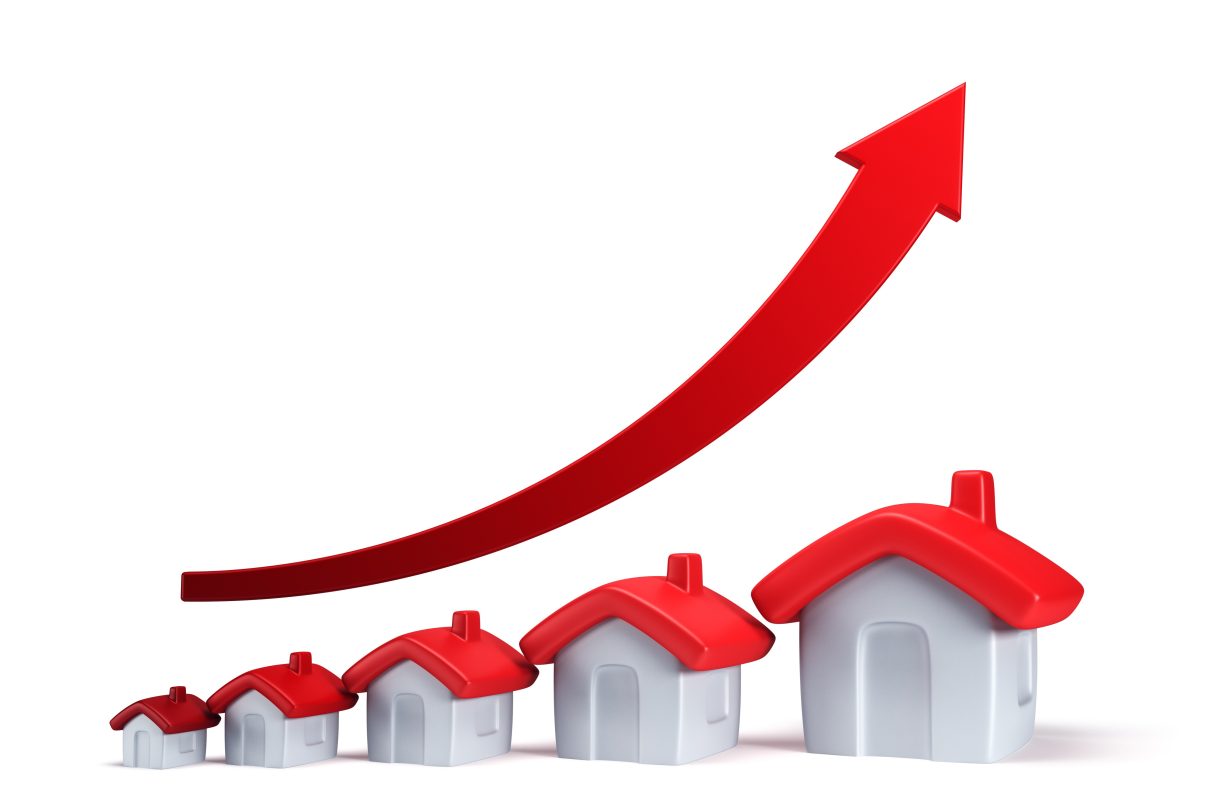Will property be hot in 2015? With interest rates falling to new lows, are property prices set to rise even further?
Will property be hot in 2015? There’s no doubt that 2014 was a good year for Australian property investors. In the 12 months to December, residential house prices jumped 6.8% nationally, driven by a stellar 12.2% rise in Sydney and healthy increases in Brisbane (5.3%) and Melbourne (4.5%).[1]
But according to Stephen Halmarick, Head of Economic and Market Research at Colonial First State Global Asset Management, we’re still a long way from a property bubble.
“Demand is not being driven by cheap credit, as it was in the sub-prime mortgage boom in the US, Ireland or Spain. Instead, lack of supply is driving the price increase. What’s more, official statistics reveal that housing credit growth isn’t out of hand,” he says.
“The household debt to income ratio in Australia has been flat for about a decade. At the same time, the cost of debt has fallen and incomes have increased.”
“2015 will be one of, if not the strongest year on record for new residential construction, particularly in Sydney.”
February’s 0.25% fall in the Reserve Bank’s official cash rate helped to push the cost of borrowing even lower. As a result, Halmarick says 2015 is one of the cheapest times on record to borrow money, with rates likely to fall even lower.
“I don’t think it’s ever happened where you’ll just get one rate cut — they usually come in a series. The market’s expecting another cut of 25 basis points at least by April, so I think we’ll be down to [a cash rate of] 2% before too long.”
Demand set to remain strong
Halmarick says lower interest rates should continue to fuel demand for residential property, especially in Sydney, Melbourne, and Brisbane. Another rate cut would also mean investors will earn less on savings and term deposits, which mean many will be looking elsewhere for better returns.
And low rates aren’t the only factor pushing prices up.
“Much of the demand is due to demographics: the population is growing in big cities, both naturally and through immigration, so there’s more demand for places for people to live.”
At the same time, there is an increased appetite for property among investors, especially those who have paid off their homes and want to use the equity to buy investment property.
“There is the attractive tax incentive through negative gearing that property investment may offer, depending on an investor’s circumstances,” Halmarick says.
Less certain is the much-discussed impact from international investors, attracted by Australia’s low borrowing costs and healthy economy.
“While international investors have created an increase in demand, it’s uncertain to what extent, as unfortunately it is hard to get reliable statistics on international purchasers. In addition, offshore investors are only supposed to buy off the plan, rather than purchase established real estate.”
Construction ready to take off
But while demand looks set to stay strong, there are also some factors that could help to cap housing price growth. In the short term, affordability may keep some investors out of the market, despite lower borrowing costs. Over the longer term, supply is likely to rise to meet growing demand. Already, national dwelling approvals have risen by 8.8% in the year to December 2014, with further increases likely[1].
“For a number of years, especially in Sydney, there’s been significant undersupply of new residential construction,” says Halmarick. “However, I believe that 2015 will be one of, if not the strongest, year on record for new residential construction.”
Diversify, diversify, diversify
Halmarick says that, as always, diversification is the key to reducing risk. That could be important for Australian home owners, if they already have a significant proportion of their capital tied up in property.
“Portfolio diversification is critical, especially due to current volatility caused by growth in the US economy, but weakness in Europe and Japan and slowing in China,” Halmarick says.
“This reinforces the need for diversification into assets such as property, infrastructure, fixed income or equities.”
If you’re not sure whether property is for you, talk to a financial adviser. They may help you take advantage of the potential of property and other asset classes, while creating a diversified portfolio to keep risk under control.
[1] Australian Bureau of Statistics, Residential Property Price Indexes, December 2014, Release 6416. [2] Australian Bureau of Statistics, Building Approvals, Australia, December 2014, Release 8731.
